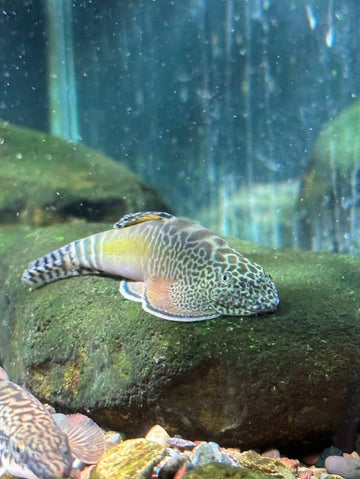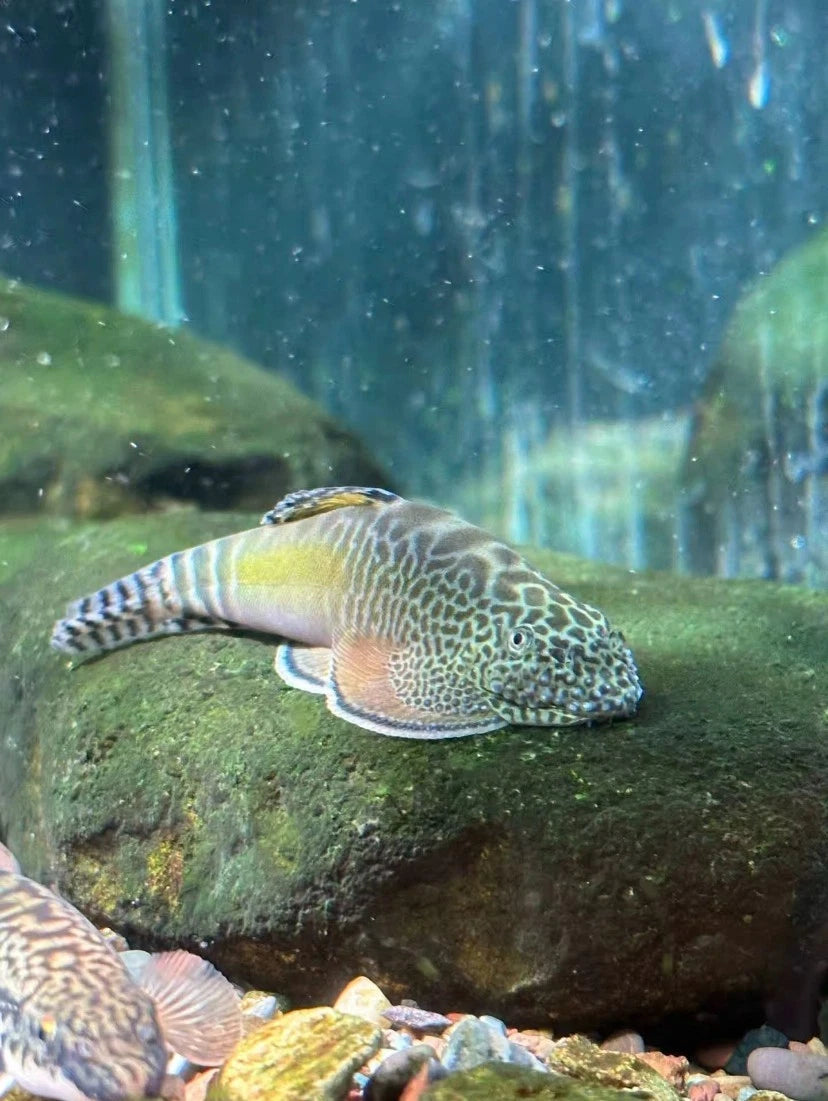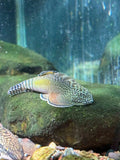Hemimyzon pengi – Pengi Hillstream Loach (~3″ / 5.9 cm)
-
Estimated Delivery:Nov 15 - Nov 19
-
UPS Next Day Air Shipping Charges 65$

Hemimyzon pengi – Pengi Hillstream Loach (~3″ / 5.9 cm)
📦 Description
Hemimyzon pengi, commonly known as the Pengi Hillstream Loach, is a compact species reaching about 5.9 cm SL. Native to fast-flowing streams in Yunnan and Laos, this loach features a flattened body and specialized pelvic fins adapted for clinging to rocks in strong current. The body exhibits subtle mottling, often with a hint of dorsal patterning in mature individuals. These loaches graze biofilm and algae on rock surfaces and display peaceful, active behavior when kept in groups.
🧰 Care Instructions
-
Tank Size: Minimum 25 gal (≈95 L) for stable water conditions and flow.
-
Water Flow & Oxygen: Strong unidirectional current (~8–12× water turnover per hour) and high dissolved oxygen crucial.
-
Water Conditions:
-
Temperature: 64–75 °F (18–24 °C)
-
pH: 6.5–7.5
-
Hardness: Soft to moderate (~4–12 °dGH)
-
-
Substrate & Decor: Use smooth gravel or sand with plenty of flat river stones or slate; floating or submerged plants can provide additional grazing surfaces.
-
Diet: Specializes in biofilm and algae grazing; supplement with algae wafers, spirulina sinking pellets, blanched vegetables, and occasional live/frozen foods such as daphnia or bloodworms.
-
Behavior & Social Needs: Peaceful, shoaling species—keep in groups of at least 4–6 to promote natural behavior and reduce stress.
-
Maintenance: Requires mature, stable aquarium. Weekly partial water changes (20–30%), strong filtration, and preservation of grazing surfaces are key. Remove waste and uneaten food promptly.
-
Note: Females may appear broader, while males may develop faint nasal tubercles when mature.



